Soil Test Questions and Amendments
Josg Maggsib
last year
Featured Answer
Comments (9)
Sheila z8a Rogue Valley OR
last yearJosg Maggsib
last yearRelated Discussions
Soil Test Amendments & adding fertilizer
Comments (5)Adding according to the soil test recommendations will give you a good, general level of nutrients which will start your plants off well. Most of the nutrients are fairly stable in the soil and won't disappear over the summer, other than uptake by the plants. Nitrogen, however, is fairly easy to leach out of the ground with excess moisture and can gasify under some conditions. Your recommendations for a general garden may need some adjustments depending on the favorite nutrients of the plants you are growing. As mentioned, corn loves nitrogen, and you would likely want to side dress with some additional nitrogen when the corn is about 2 feet high. Corn, however, isn't the only nitrogen lover although it is extremely transparent in telegraphing its nutrient status so shortages become quickly and easily visible. Pretty much everything other than legumes (which use bacteria to make their own) love nitrogen too, and even legumes can respond to nitrogen. Watch your plants around 6-8 weeks after planting and if there are any signs of potential shortage or weaker/slower growth, then side dress with some additional nitrogen. After mid summer, let the plants use up what is available in the soil. You don't want to fertilize so heavily that you leave a lot of available nitrogen in the soil at the end of the season where it can leach to groundwater or anywhere else....See MoreHow to amend soil based on soil test results
Comments (1)I know next to nutthin 'bout reading soil tests but a couple of advisories. Depending on who did the testing, some labs give recommendations for lime for agricultural purposes where they expect the lime to be mixed into the soil rather than spread on top. Keep in mind that grass does best in soil that is at a PH of 6.5ish or so.and that it is much easier to increase PH than it is to reduce it. So if you add to much lime... Second thing to keep in mind is that you do not want to add more than one pound of N per month at a time to an existing lawn. Also too much N in a seed bed is not beneficial to seedlings and can kill germenating seeds Thirdly, N and P leach pretty quickly, so adding more than the plant can use before they leach out is both a waste of money and bad for the enviorment. Maybe there are some soil test readers here, If not, I'd suggest you re-do the test with Logan Labs and pay for them to make recommendations. Just my two cents....See MoreQuestion about Amending Soil?
Comments (11)The only way you will know if you need to mix in lime, wood ash, or what ever to adkust your soils pH is after a good, reliable soil test determines what that soils pH is and why. Soils contain 3 mineral components, sand, silt, or clay which are an easy way of measuring the particle sizes with sand being the largest, silt next, and clay the smallest. Most likely, if your soil drains really well, does not hold water well, it is most likely sand. While compost, or other organic matter can help hold moisture as well as nutrients in the root zone you do nee to get the level of OM up to 6 to 8 percent. Perhaps these simple soil tests can be of some help, 1) Structure. From that soil sample put enough of the rest to make a 4 inch level in a clear 1 quart jar, with a tight fitting lid. Fill that jar with water and replace the lid, tightly. Shake the jar vigorously and then let it stand for 24 hours. Your soil will settle out according to soil particle size and weight. A good loam will have about 1-3/4 inch (about 45%) of sand on the bottom. about 1 inch (about 25%) of silt next, about 1 inch (25%) of clay above that, and about 1/4 inch (about 5%) of organic matter on the top. 2) Drainage. Dig a hole 1 foot square and 1 foot deep and fill that with water. After that water drains away refill the hole with more water and time how long it takes that to drain away. Anything less than 2 hours and your soil drains� too quickly and needs more organic matter to slow that drainage down. Anything over 6 hours and the soil drains too slowly and needs lots of organic matter to speed it up. 3) Tilth. Take a handful of your slightly damp soil and squeeze it tightly. When the pressure is released the soil should hold together in that clump, but when poked with a finger that clump should fall apart. 4) Smell. What does your soil smell like? A pleasant, rich earthy odor? Putrid, offensive, repugnant odor? The more organic matter in your soil the more active the soil bacteria will be and the nicer your soil will smell. 5) Life. How many earthworms per shovel full were there? 5 or more indicates a pretty healthy soil. Fewer than 5, according to the Natural Resources Conservation Service, indicates a soil that is not healthy. Those, along with a good, reliable soil test, will help you find out what you need to do to make that soil into a good, healthy soil that will grow strong and healthy plants....See MoreSoil pH amendment question
Comments (1)Hello, tinamcg. I do not try to change hydrangea color but this is my understanding of the process. Before adding aluminum sulfate, I would make a soil test. A soil test is necessary to tell you if you already have "enough" naturally occuring aluminum in the soil. If you do not then apply aluminum sulfate to increase aluminum levels and lower the Ph. Aluminum sulfate should work fast since its application causes a chemical reaction. Once you measure "normal" levels of aluminum in the soil or if you already had "normal" levels of aluminum in your soil, you may want to apply elemental sulphur (a.k.a. flowers of sulphur) in order to further tweak the PH Level. Contrary to aluminum sulfate, Elemental Sulphur takes several weeks to acidify the soil because it first has to be oxidized by bacteria (here you have a biological reaction, not a chemical reaction). I would add chemicals monthly but only thru the growing season in Spring and quit when summer starts. Not particular reason for that though. I do not want to introduce 'problems' with the addition of chemicals at a time when the plants experience high temperatures, lack of humidity and drying winds. Regarding your desire to control the color to lilac or blue, be aware that color change is a project that takes several years and requires lots of applications and soil tests (to see how things are progressing). Also, it is very difficult to the intensity of a color (how strong or pale the color is) so you may need to experiment with other varieties if ES just does not want to attain the type of color that you want. Luis...See MoreSheila z8a Rogue Valley OR
last yearJosg Maggsib
last yearJosg Maggsib
last yearSheila z8a Rogue Valley OR
last yearlast modified: last year
Related Stories
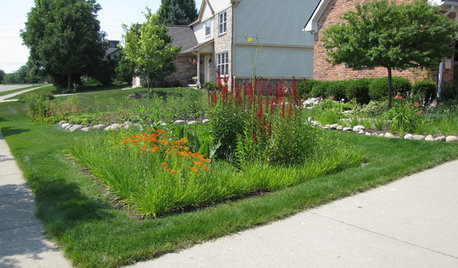
LANDSCAPE DESIGNHow to Shape a Rain Garden and Create the Right Soil for It
Learn how to grade, lay out and amend the soil in your rain garden to support your plants
Full Story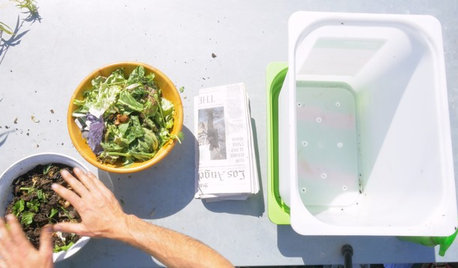
GARDENING GUIDESHouzz TV: Make a Worm Bin for Rich Soil and Happy Plants
A worm-powered compost bin that can fit under a sink turns food scraps into a powerful amendment for your garden. Here’s how to make one
Full Story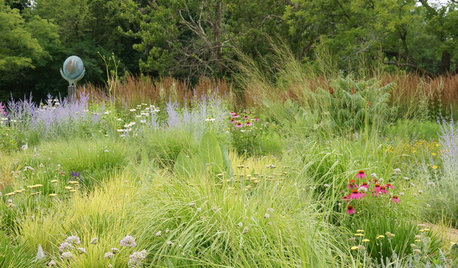
GARDENING GUIDESGet the Dirt on Your Garden’s Soil
Understand how your soil supports your plants so you can ensure your garden’s success
Full Story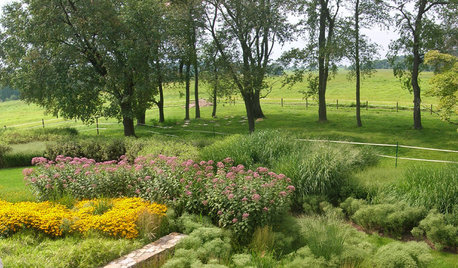
GARDENING GUIDESHow to Stop Worrying and Start Loving Clay Soil
Clay has many more benefits than you might imagine
Full Story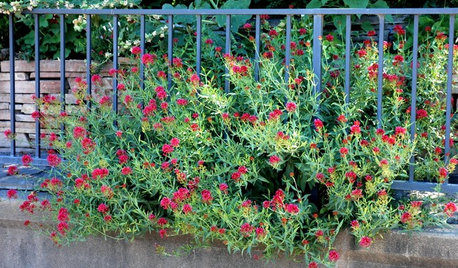
GARDENING GUIDESGrow a Beautiful Garden in Alkaline Soil
Got alkaline soil? Learn how to manage it and the many beautiful plants that will thrive in this ‘sweet’ soil
Full Story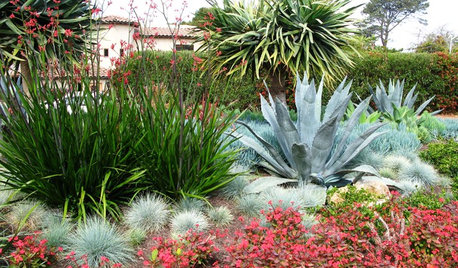
GARDENING GUIDESGardening Solutions for Dry, Sandy Soils
Has your desert or beachy site withered your gardening creativity? Try these ideas for a beautiful, easy-care landscape
Full Story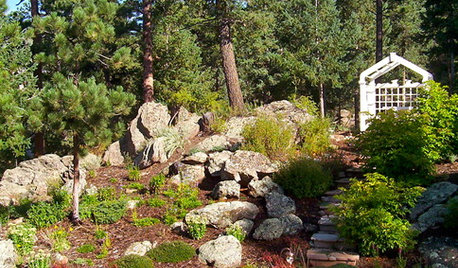
GARDENING GUIDESHave Acidic Soil in Your Yard? Learn to Love Gardening Anyway
Look to acid-loving plants, like conifers and rhododendrons, to help your low-pH garden thrive
Full Story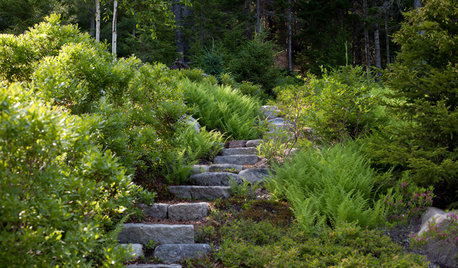
GARDENING GUIDES6 Questions That Will Help You Pick the Best Plants for Your Site
Before you head to the nursery, learn more about your outdoor space
Full Story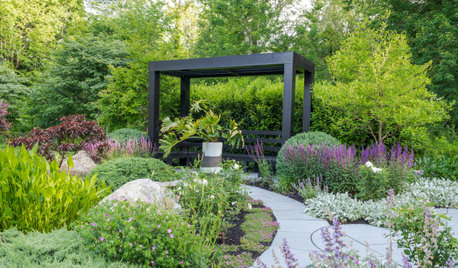
LANDSCAPE DESIGN10 Questions to Ask a Landscape Designer
Discover how to choose the best designer for your yard and avoid surprises down the line
Full Story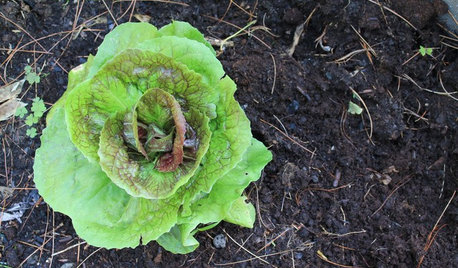
FARM YOUR YARDHow to Get Good Soil for Your Edible Garden
The nutrients in your soil feed the plants that feed you. Here are tips on getting it right — just in time for planting season
Full Story




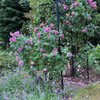


Sheila z8a Rogue Valley OR